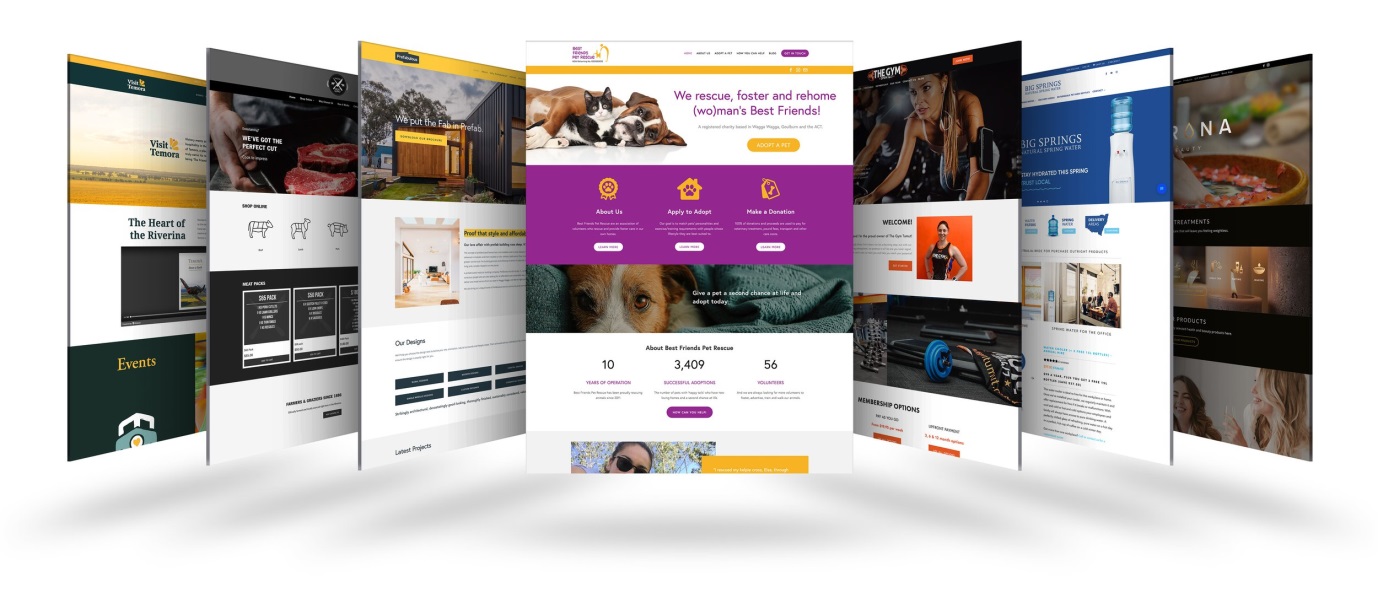A properly taken care of a website is fundamental to your presence online. Be it on a blog, a platform for e-commerce or a corporate site, keeping your website in good condition leads to its smooth run, better SEO and an improved user experience. Regular maintenance helps prevent slow loading times, hacking incidents, and bad mobile site numerical functions that can scare away users from your site. You should implement and invest in some basic ways to keep your website healthy to maintain its performance. This guide will take you through the 6 most important ways of maintaining a healthy and well-functioning website.
Top 6 Essential Ways to Keep Your Website Healthy
Although it varies for every individual below are some of the best tips you can follow for performance monitoring and maintaining your website health:
1. Regular Performance Monitoring
Any system entails regular health check-ups, just like online platforms need a checkup. By performing a website health checkup, you can identify vulnerabilities, out-of-date plugins and security risks. To detect issues early and keep your website running smoothly, run scans frequently.
2. Website Content Update
New content is required for any kind of web page. It engages users as well as improves SEO ranks. Depending on what kind of business you are in, it may vary how often to update website content. However, at least once a month keeps the site relevant and informative enough. Websites with frequently updated content are preferred by search engines hence there must be scheduled regular revisions.
3. Monitor the Speed of the Website
User experience and SEO rankings are highly determined by website speed. Periodically, assess your site’s loading times using a performance monitor. Fast-loading pages reduce bounce rates and enhance user engagement. Tools such as Google Page Speed Insights aid in performance monitoring and optimization.
4. Optimizing Imaging and Media Files
Large media files have the effect of slowing down a particular website. Thus, image and video compression minimizes their sizes without any destruction to their quality. It is one of the easiest methods to maintain the wellbeing of a website therefore enhancing loading speeds as well as user experience.
5. Conduct Regular Security Audits
Security must remain a priority number one. A secure site serves well in nurturing trust from its users while protecting its records from unauthorized access. Thus, it is good practice to carry out regular security audits to detect vulnerabilities. Use HTTPS; come up with strong passwords and frequently update your security plugins so that you can always have a safe blog.
6. Keep Your Web Application Updated
Always remember that if there is some web application running on your site then you should always ensure that it is updated regularly. Developers often send out updates aimed at solving bugs; improving app performance; as well as enhancing its safety measures against hackers’ attacks or third-party invaders like spyware programs etc. Nothing bad ever happened because one delayed updating the system version but such actions may result in serious problems such as the failure of the overall health of the website system.
Pros of Keeping Your Website in Healthy Condition
- Enhanced User Experience: A well-functioning website provides quicker loading speeds and easier navigation which keeps users around.
- Elevated SEO Rankings: Constantly updating the site and optimizing it for performance will improve its search engine ranking; thus bringing in more traffic.
- Improved Security: Going through security assessments regularly minimizes weaknesses in your sites hence preventing hacking attempts.
- Heightened Reliability: Such maintained sites gain confidence from visitors; therefore improving the brand image.
- Reduced Bounce Rates: Quick speed and mobile friendly help to minimize rapid leaving by the users on your site.
Consequences of Poor Website Health
- Unresponsive loading times: Failure to emphasize the performance can lead to slow web pages, hence driving away users and increasing bounce rates.
- Susceptibility to hacking: Irregular security testing can result in data loss and intrusion by hackers.
- Old content on site: If your site does not have updated content, it is more likely that visitors will find it less interesting and not relevant anymore.
- Low rank on search engines: Your page ranking can be reduced by search engines due to old content as well as web performance problems.
- Expensive maintenance charges: By ignoring small problems now, you might land yourself in deep trouble later on which will cost you a fortune to fix.
Conclusion
To maintain a good website, you must consistently focus on ways to keep your website healthy such as changing content, speeding it up, securing your computer and improving the experience that users have when they are on it. This can be done in many ways to avoid potential harm and thus make sure that your site is up-to-date while attracting the attention of visitors. It is important to have regular check-ups like website health check-ups and monitoring performance for sustained success. Do not forget that an operational site not only leads to more satisfied users but also enhances SEO rankings and overall digital footprint.









